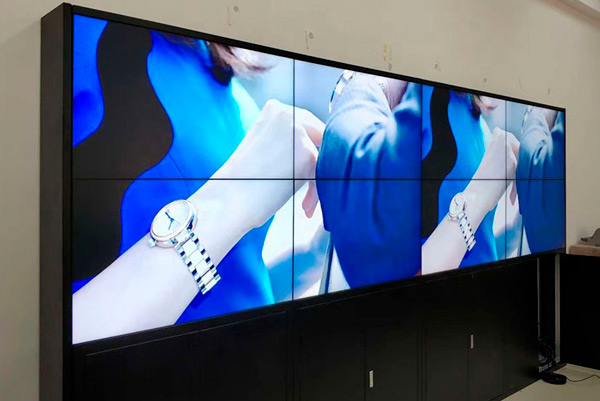Exploring The Way Resolution Affects the Performance and Aesthetic Caliber of LED Screens in Modern Display Technology
Exploring The Way Resolution Affects the Performance and Aesthetic Caliber of LED Screens in Modern Display Technology
Blog Article
Light Emitting Diode screens are growing increasingly common in different settings, including musical events and sports competitions to corporate displays and creative installations. One of the most important elements that affect the performance and visual quality of these screens is image clarity. Resolution refers to the quantity of picture elements that compose the image on the display. Increased resolution means more picture elements, which can result in clearer and clear visuals. Grasping how image clarity affects LED walls can help users make knowledgeable choices about their screen requirements.
When talking about image clarity, it is crucial to take into account picture pitch, which is the gap between the midpoint of one picture element to the midpoint of the following pixel. A reduced pixel spacing results in a higher image clarity, enabling additional clarity in the images displayed. For example, an LED wall with a pixel pitch of 1.5mm will provide a sharper visual than one with a pixel pitch of 3mm. This is particularly crucial in environments where viewers are close to the screen, such as in a small venue or a trade event booth. In these cases, a greater image clarity can greatly improve the observing experience.
Another aspect of resolution is its effect on color precision and brightness. LED walls with higher resolutions often have better color rendering, indicating that the hues shown are increasingly vibrant and true to life. This is crucial for uses like advertising, where the goal is to attract interest and communicate a concept efficiently. Additionally, higher resolution screens can maintain brightness levels even when viewed from various perspectives. This is crucial in large venues where viewers may be positioned at different ranges and angles from the screen.
The functionality of LED screens is also influenced by resolution in terms of refresh frequencies and reaction durations. A greater image clarity screen can support faster refresh rates, which is essential for dynamic content such as films and animations. This means that the images on the screen will appear smoother and visit the site increasingly seamless, improving the total observing quality. In comparison, reduced resolution screens may have difficulty with dynamic material, resulting in fuzziness or delay. Therefore, for occasions that depend on dynamic images, selecting a screen with a appropriate resolution is vital.
In summary, image clarity plays a crucial role in determining the performance and image quality of LED walls. Factors such as pixel spacing, hue precision, luminosity, update frequencies, and reaction times all contribute to how effectively a display can convey information and engage viewers. As technology continues to advance, understanding these elements will assist operators choose the appropriate LED screen for their particular requirements, guaranteeing that they obtain the optimal potential outcomes in their presentations and events.